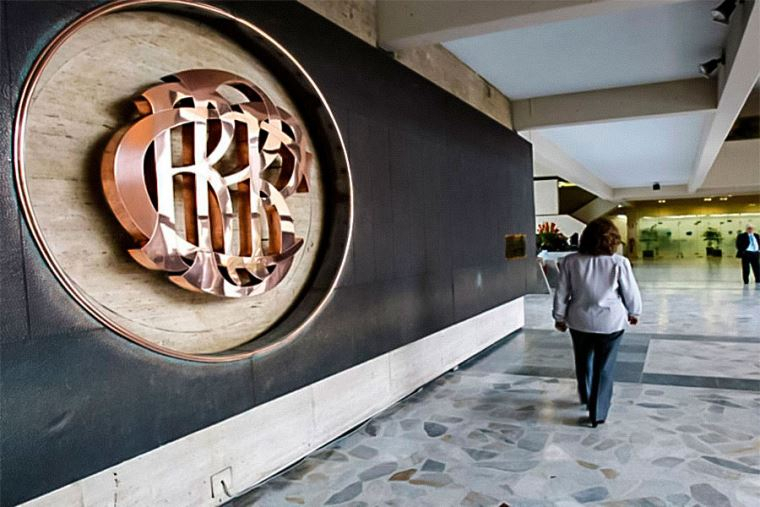
Even though US inflation continues to decline, reaching 2.6% in May, that is, ever closer to its 2% target, Jerome Powell, chairman of the Federal Reserve (Fed), said that they would still need more evidence that this inflationary behavior is constant before cutting interest rates.
The Central Reserve Bank of Peru (BCRP) also decided to maintain its key rate at 5.75% for June, expecting that underlying inflation will continue to gradually decline throughout the year until it falls below 3%.
Jimmy Astocondor, professor and finance expert at the Pacific Business School, points out that both decisions would actually be a coincidence and that The management of the reference rate of each economy is measured by the country’s inflation.
“Coincidentally, the decisions in the Fed and Peru have been similar, but in Chile, for example, they have lowered the rate faster. Reference rate and inflation has risen because it was not yet below the target. The BCRP and the Fed have made quite intelligent decisions,” he says.
Astocondor explained that the Fed did not venture to make a reduction because if inflation does not fall constantly and the reference rate does, in an economy as dynamic as the American one, it would have automatically generated greater indebtedness, whether of individuals or legal entities. “This would have increased internal demand, which generates a greater effect on inflation,” adds the specialist.
Facing the end of the year
In this regard, Astocondor comments that, by the end of the year, American inflation is expected to be under control and will have already dropped by at least 0.25% between September and October. He says that it would be risky to predict further reductions because the upcoming presidential electionswhere Joe Biden and Donald Trump would appear, would have an effect on the American market.
Regarding expectations regarding the BCRP’s decisions on the reference rate, Arturo García, economist and graduate professor at Esan, points out that In order to meet the initial estimates of 5% by the end of 2024, there would have to be three to four more cuts in the following six months.However, in a more realistic scenario, Astocondor predicts that the rate could fall by at least 50 basis points, that is, from 5.75% to 5.25%.
Gianina Villavicencio, manager of Foreign Exchange Intermediation at Renta4 SAB, says that the cooling of labor market conditions in the US, based on the 4.1% increase in unemployment, has led to a reduction in inflationary pressures. In light of this, financial markets anticipate one or more rate cuts starting in September of this year.
Implications for the dollar
In recent weeks we have seen that the behavior of the dollar had a noticeable upward trend. García points out that this increase in the exchange rate is due to the inclination of local investors towards developed countries with rates slightly lower than ours, as is the case of the North American market, where the Fed’s reference rate is between 5.25% and 5.50%.
Astocondor points out that as emerging markets become more attractive, there would be a migration of investments, and it could also be that Peruvian global bonds—with a reduction in the American rate—would look more attractive and generate overbuying. That is, There would be a greater demand for dollarsLikewise, the behavior of the exchange rate would be affected.
BCRP will not cut rates this week
● For the end of the year, the Economic Studies Department of Banco de Crédito del Perú (BCP) maintains its expectation that the BCRP will cut its rate to a level between 4.50% and 5.00%, from the current 5.75%.
● “Since core inflation did not decline in June, this reduces the probability that the BCRP will cut the reference rate at its next meeting on July 11,” the report states.
● For 2025 and 2026, economic agents project that inflation will be between 2.3% and 3.0%, within their target range.
Source: Larepublica
Alia is a professional author and journalist, working at 247 news agency. She writes on various topics from economy news to general interest pieces, providing readers with relevant and informative content. With years of experience, she brings a unique perspective and in-depth analysis to her work.












